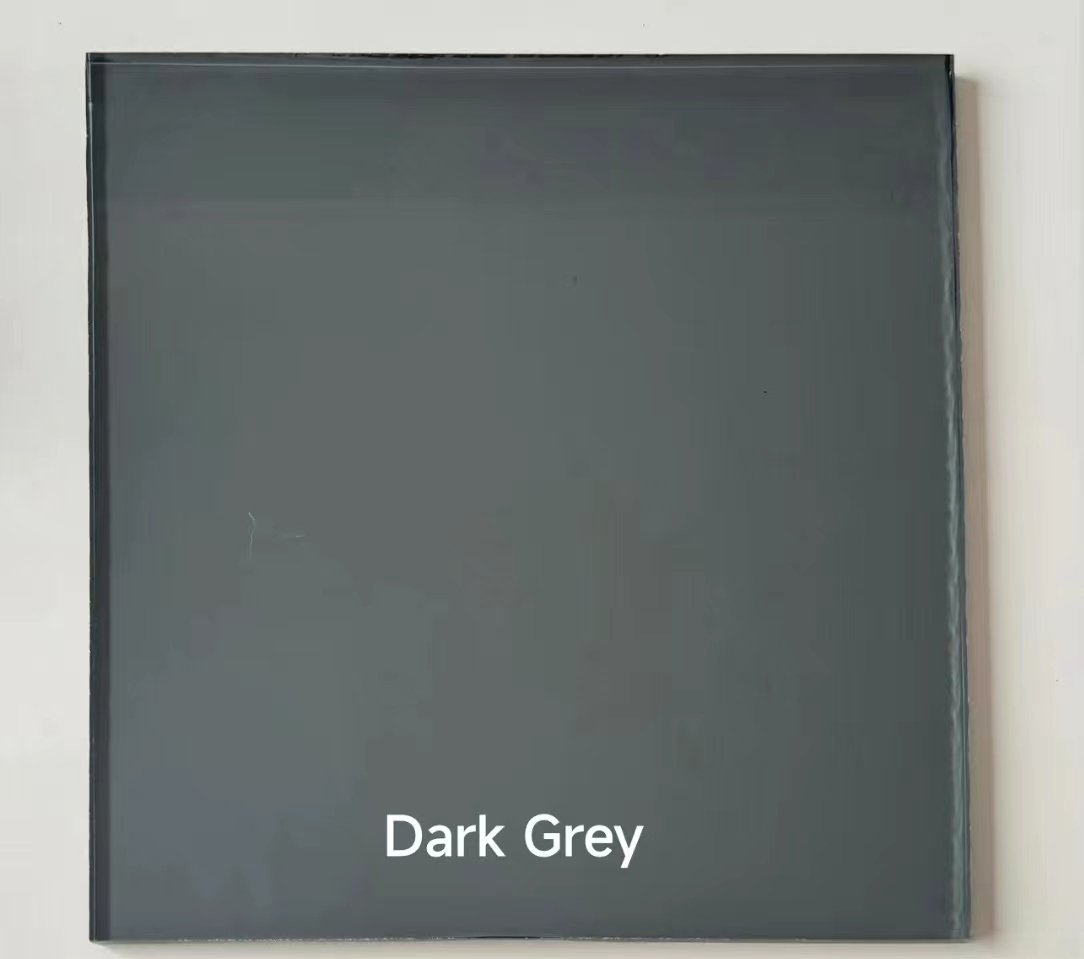

The Allure of Mirror Glass Design
Mirror glass design has become an increasingly popular trend in contemporary architecture and interior decor, owes its rise to the unique properties of glass that reflects both light and surroundings, creating a sense of depth and space. The use of mirror glass not only enhances aesthetic appeal but also transforms environments, making them feel larger and more dynamic. This article delves into the advantages, applications, and innovative uses of mirror glass design in various settings.
One of the primary benefits of mirror glass is its ability to reflect light, which can significantly brighten up spaces. In urban settings where natural light might be limited, incorporating mirror glass elements can help to distribute light more effectively, making spaces feel airy and open. For instance, in modern office designs, mirror glass is often used in partitions and interior walls to create a sense of continuity and openness, allowing natural light to penetrate deeper into the environment. This not only improves the overall ambiance but also has positive effects on the well-being and productivity of occupants.
In residential interiors, mirror glass can serve as a striking design statement. From mirrored cabinets in kitchens to reflective walls in living rooms, the versatility of mirror glass enables homeowners to integrate it seamlessly into various design themes. The sleek, modern look of mirror finishes can complement contemporary aesthetics, while vintage or antique mirror designs can add a touch of elegance and charm. For example, a large statement mirror with an ornate frame can act as a focal point in a foyer, creating an impression of grandeur as it reflects the surrounding décor.

Beyond traditional applications, the creative potential of mirror glass design is vast. Architects and designers are increasingly experimenting with innovative concepts, using mirrored exteriors to establish dynamic facades. Buildings clad in mirror glass can meld with their surroundings, reflecting the skyline, trees, or clouds, thus blurring the lines between architecture and nature. This approach not only creates visually captivating structures but also encourages a sense of environmental harmony and awareness. Notable examples of this trend can be seen in high-rise buildings in urban centers, where glass façades shift and change appearance throughout the day, depending on the sunlight.
Public spaces are also seeing a surge in mirror glass applications. Museums, galleries, and shopping centers are utilizing reflective surfaces to enhance the visitor experience. In these environments, mirror glass can be employed to create interactive installations or to amplify the visual impact of artworks. For instance, using mirror glass in exhibition spaces can create striking visual effects, allowing art pieces to interact with their surroundings while offering visitors new perspectives. This innovative use of materials not only elevates the aesthetic experience but also encourages engagement and exploration.
However, while incorporating mirror glass design, certain considerations must be taken into account. The reflective nature of glass can sometimes create issues with glare, particularly in spaces that receive direct sunlight. Designers need to carefully plan placements and treatments to mitigate these effects while maximizing the benefits of natural light. Additionally, the maintenance of mirror glass installations is crucial, as fingerprints, smudges, and dust can easily detract from their visual appeal.
In conclusion, mirror glass design encapsulates a blend of functionality and aesthetics, offering a plethora of possibilities in modern architecture and interior design. Its ability to reflect and enhance spaces can transform environments, making them not only more beautiful but also more inviting. As this trend continues to evolve, it will undoubtedly play a significant role in shaping the future of design, merging the boundaries between the built environment and the natural world. Whether used in residential spaces, commercial buildings, or public art installations, mirror glass holds the power to redefine our interactions with our surroundings, creating memories etched in reflection.